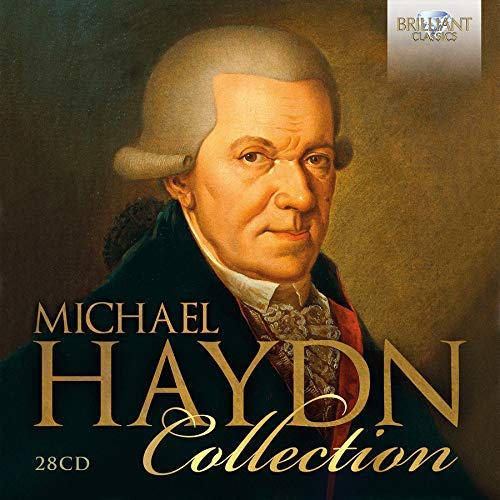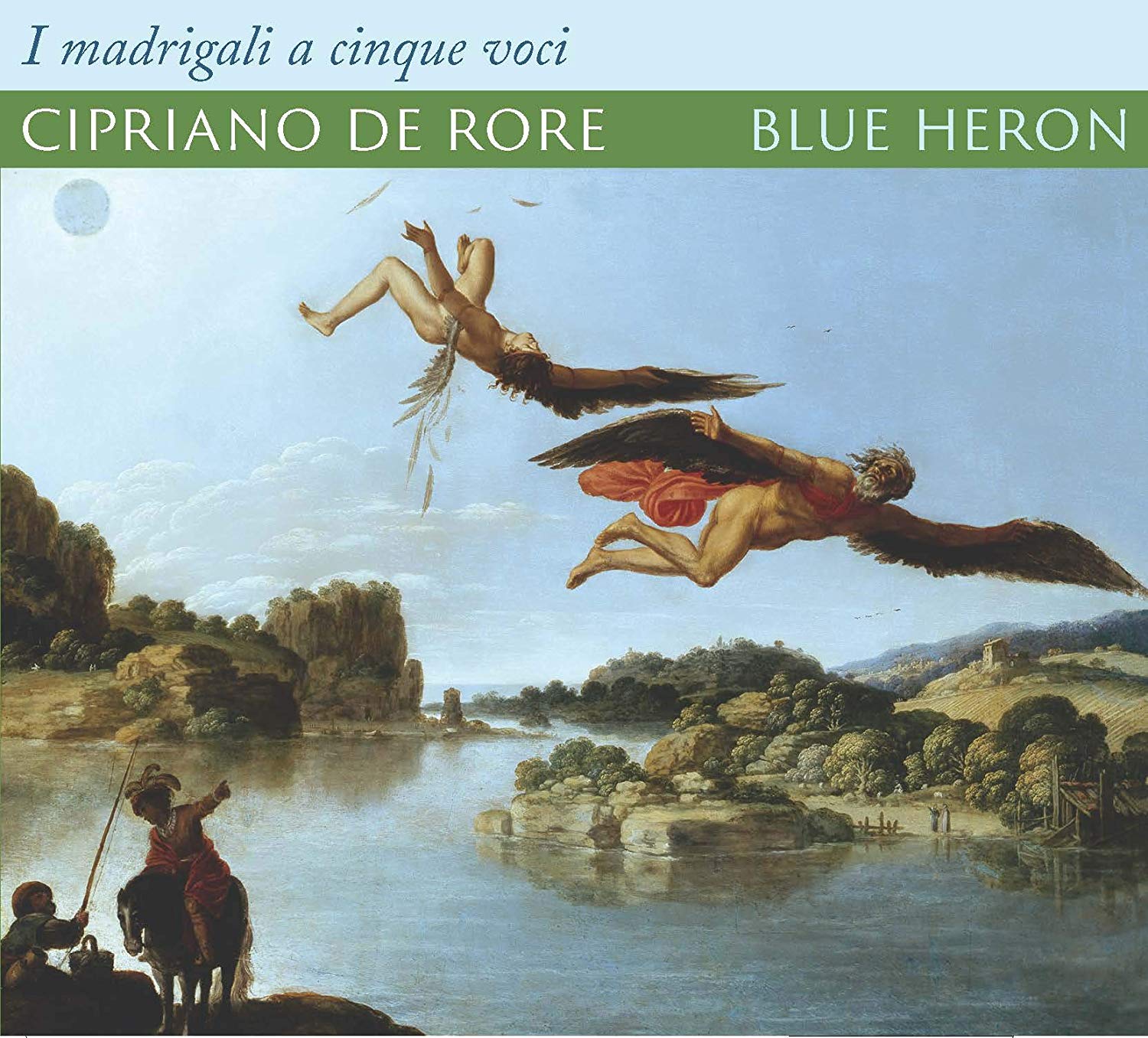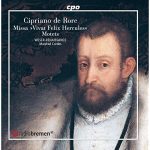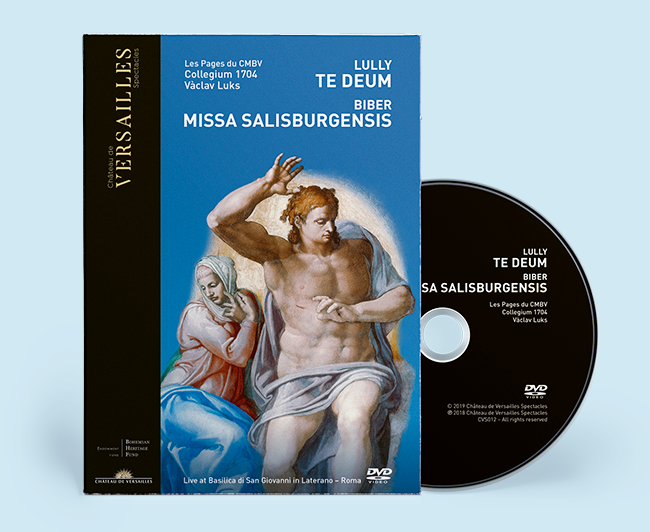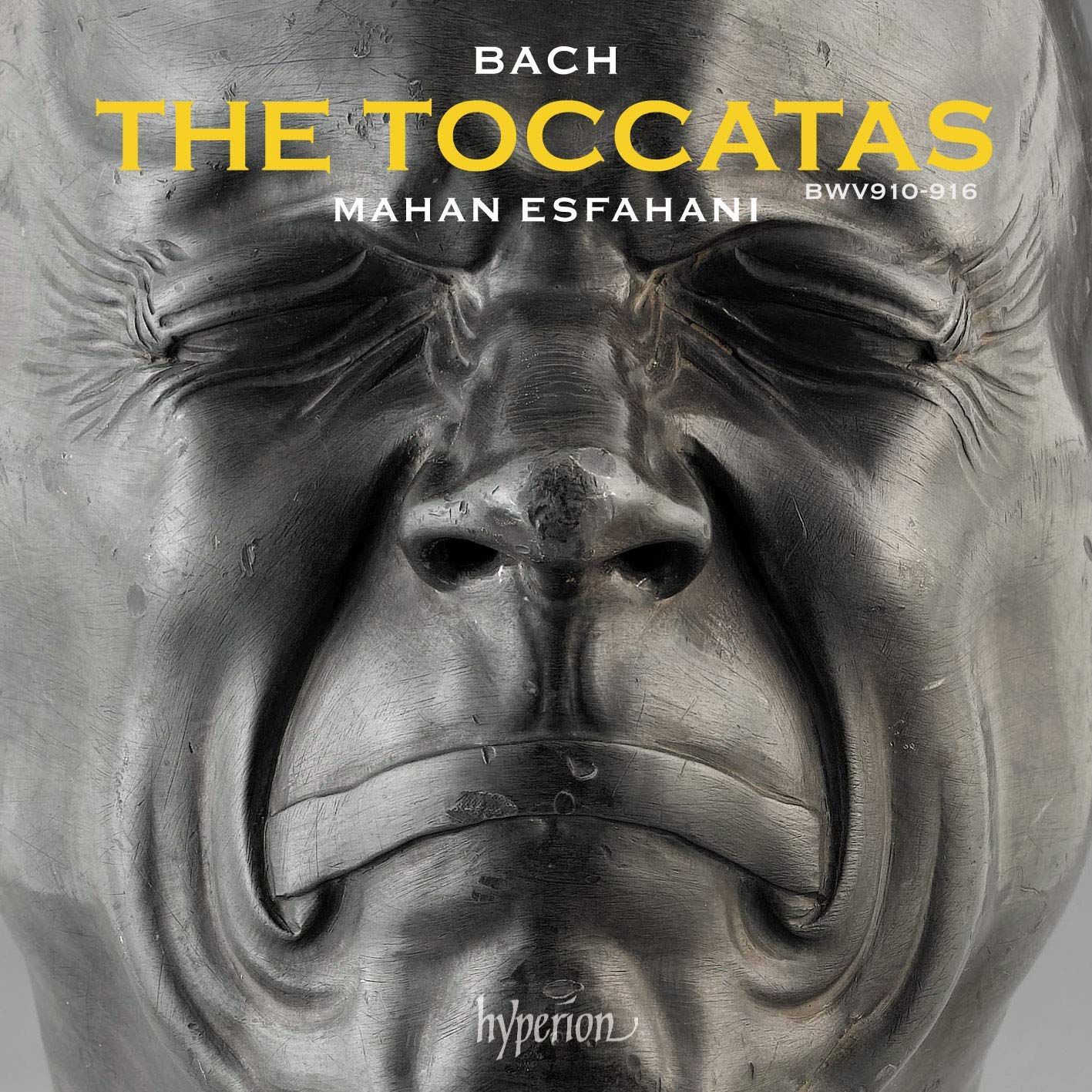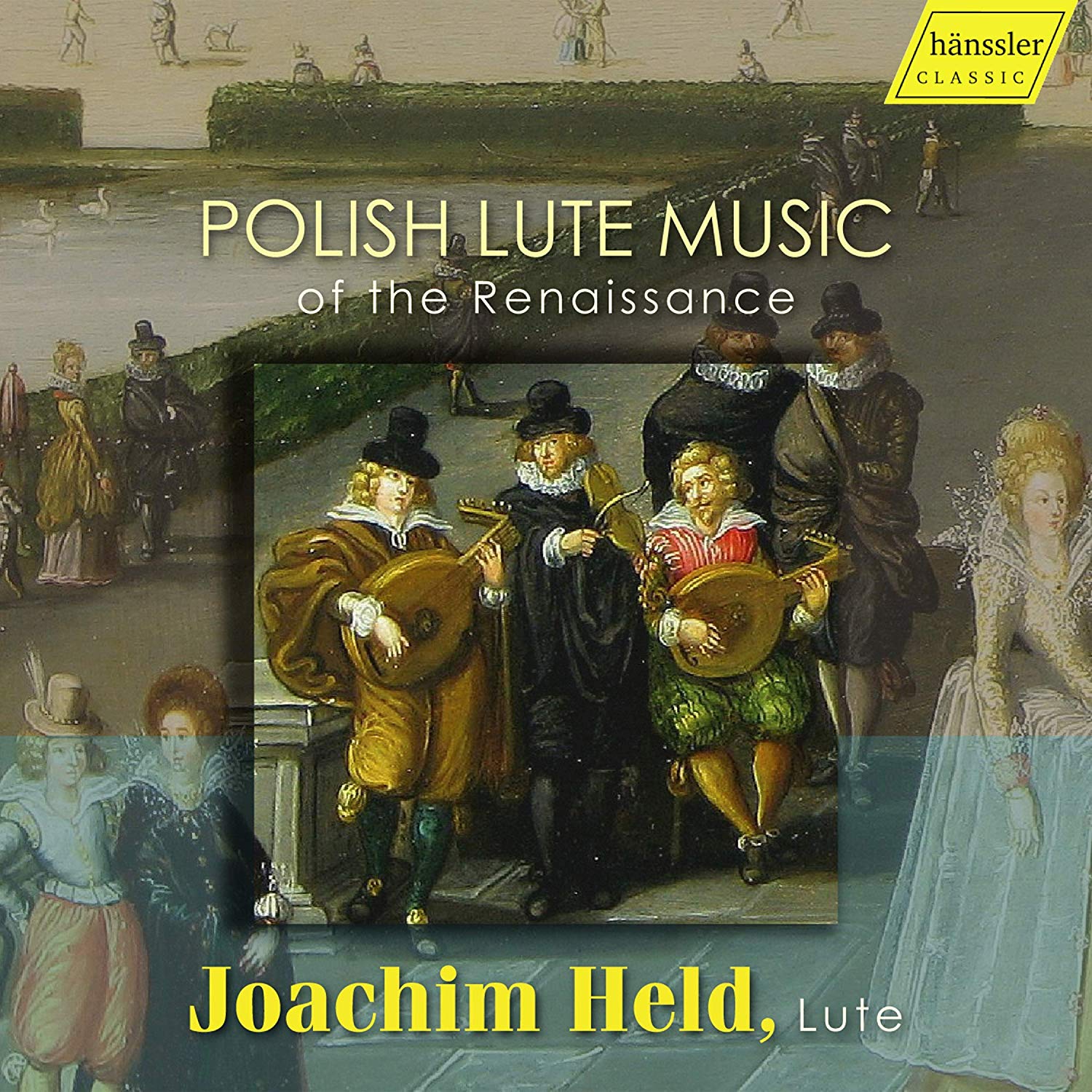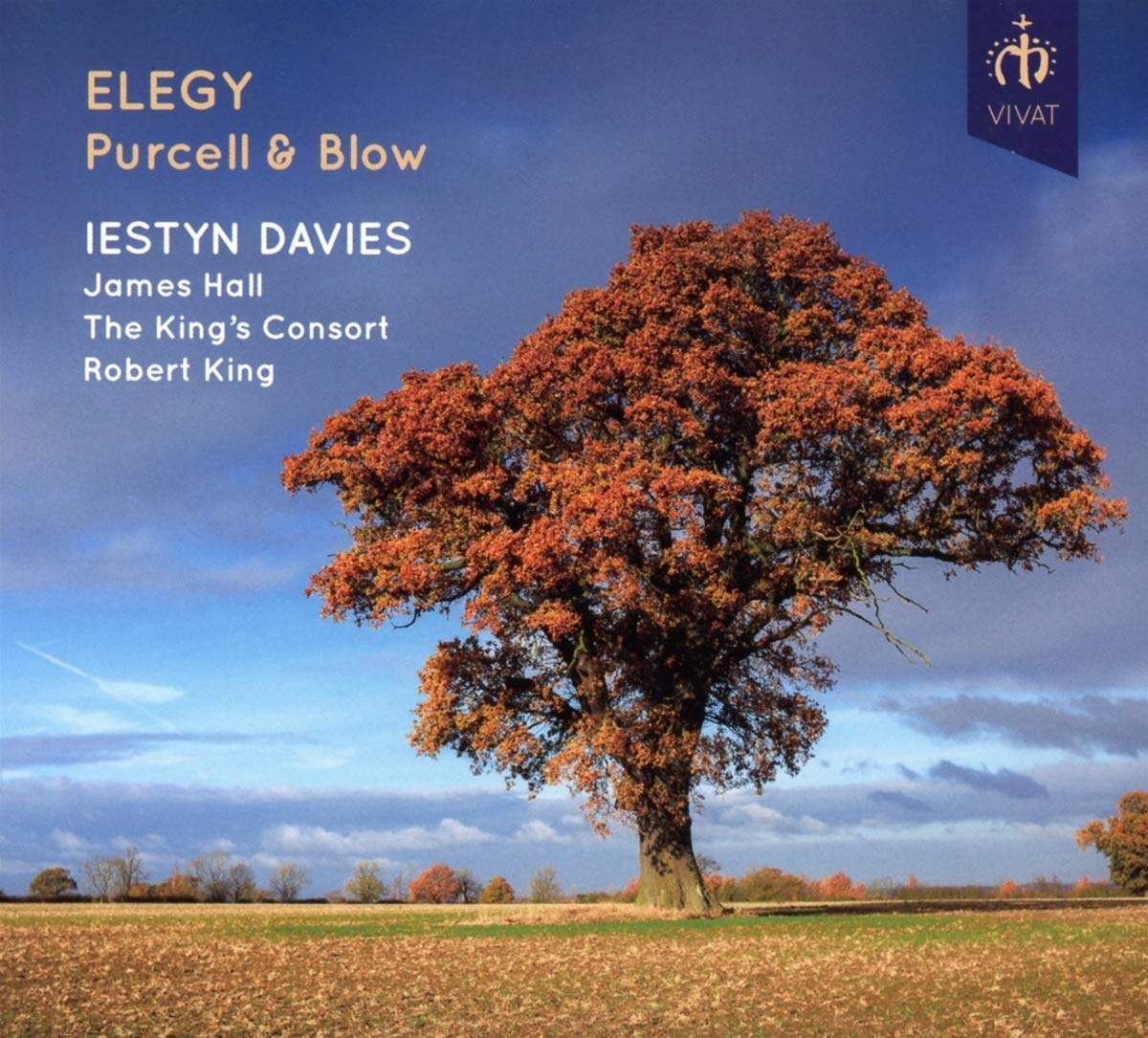28 CDs in a cardboard box
Brilliant Classics 95885
Yes, you read the heading correctly – this set comprises 28 CDs of music by Michael Haydn! Best known for having a more famous brother, or (more flatteringly though “let’s not exaggerate”) the composer whom Mozart thought highly enough of to complete a set of duets for violin and viola, Michael Haydn really hasn’t had the best of press.
Now, at an amazing price of less than £2 per disc, you can totally immerse yourself in his soundworld. Unsurprisingly, this is NOT a Suzuki- or Koppmen-like methodical survey of the complete works; rather, it is a bringing together of various recordings from a number of companies (hänssler, oehms, and cpo, to name but a few) with period instrument performances alongside those by more “traditional” choirs and chamber orchestras; the opera is “modern” (with a HIP conductor to help), while the Singspiels are wholly HIP; two volumes of the complete string quintets (another overlapping interest with Mozart) feature extremely fine gut strung playing, while the quartets are played on steel. A modest booklet gives a biography of the composer and describes each of the discs; the card cover for each gives full information of the original recording.
As someone who has always enjoyed Haydn’s music (I remember the hairs on the back of my neck standing up the first time I heard a BIS recording of masses with oboe band!) I found the journey through these discs (some of which I had actually reviewed before) very enjoyable; his church music is especially attractive and it does not surprise me that it is found in archives across the German-speaking world. I did find myself tiring of amorphous non-HIP basslines and tiered dynamics, but that has nothing to do with the quality of the music, which in general is very high.
I recommend this to anyone into Classical music (in the strict sense) – I remember giving a concert in Dundee in 1991 in which we challenged the audience to identify which pieces we played and sung were by Mozart or not by Mozart; not a single person got the answer correct . If you played any of the present CDs as background music to a dinner party, I doubt anyone would be surprised to learn that it wasn’t Mozart too!
Brian Clark
Click HERE to buy this set of CDs on amazon.
